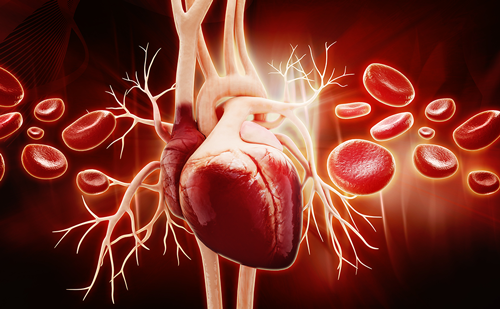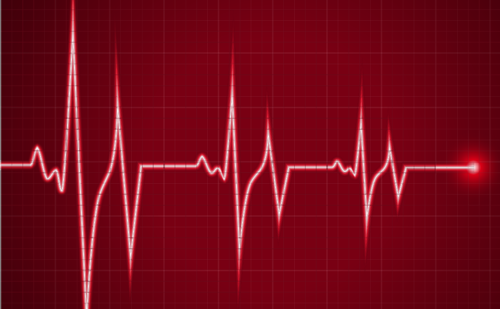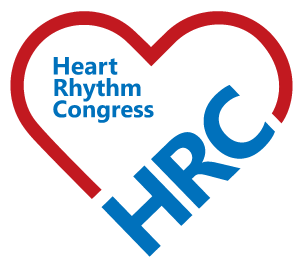Background: We evaluated the effect of adenosine upon mechanisms sustaining persistent AF through analysis of contact electrograms and ECGI mapping.
Methods: Persistent AF patients undergoing catheter ablation were included. ECGI maps and cycle length (CL) measurements were recorded in the left and right atrial appendages and repeated following adenosine administration. Potential drivers (PDs) were defined as focal or rotational activations completing ≥1.5 revolutions. Distribution of PDs was assessed using an 18 segment biatrial model.
Results: 46 patients were enrolled. Mean age was 63.4 ± 9.8 years with 33 (72%) being male. There was no significant difference in the number of PDs recorded at baseline compared to adenosine (42.1 ± 15.2 vs 40.4 ± 13.0; p=0.417), nor in the number of segments harbouring PDs, (13 (11–14) vs 12 (10–14); p=0.169). There was a significantly higher percentage of PDs that were focal in the adenosine maps (36.2 ± 15.2 vs 32.2 ± 14.4; p<0.001). There was a significant shortening of CL in the adenosine maps compared to baseline which was more marked in the right atrium than left atrium (176.7 ± 34.7 vs 149.9 ± 27.7 ms; p<0.001 and 165.6 ± 31.7 vs 148.3 ± 28.4 ms; p=0.003).
Conclusion: Adenosine led to a small but significant shortening of CL which was more marked in the right than left atrium and may relate to shortening of refractory periods rather than an increase in driver burden or distribution.














